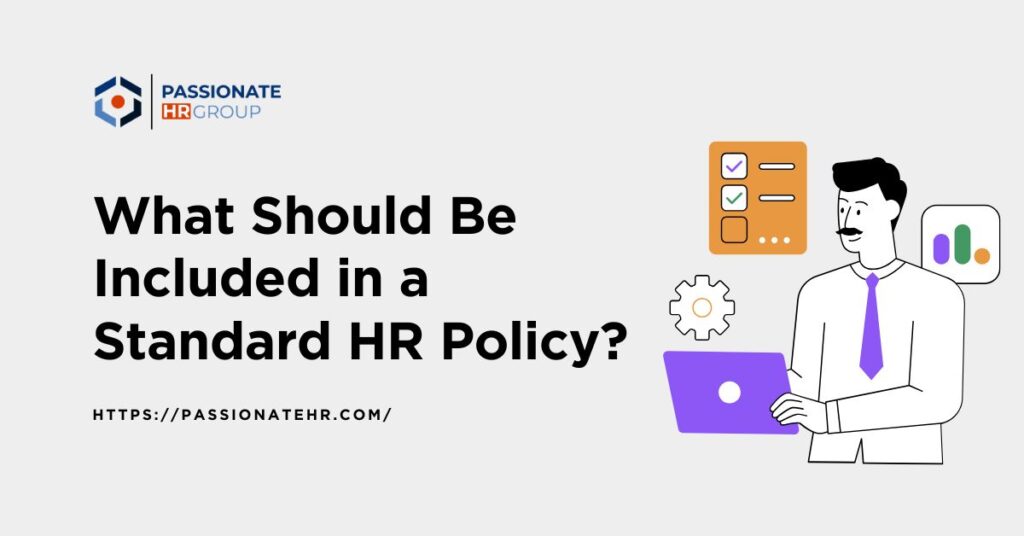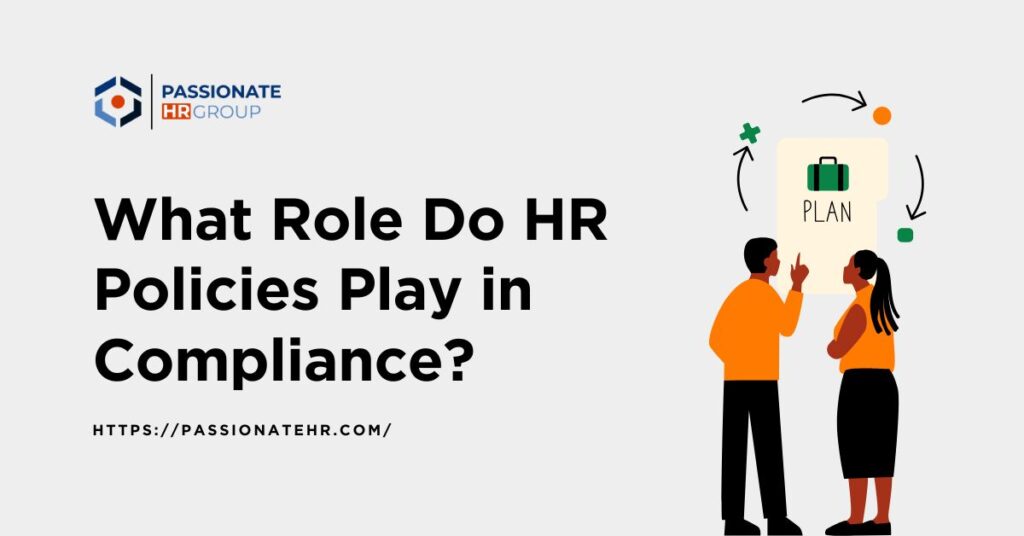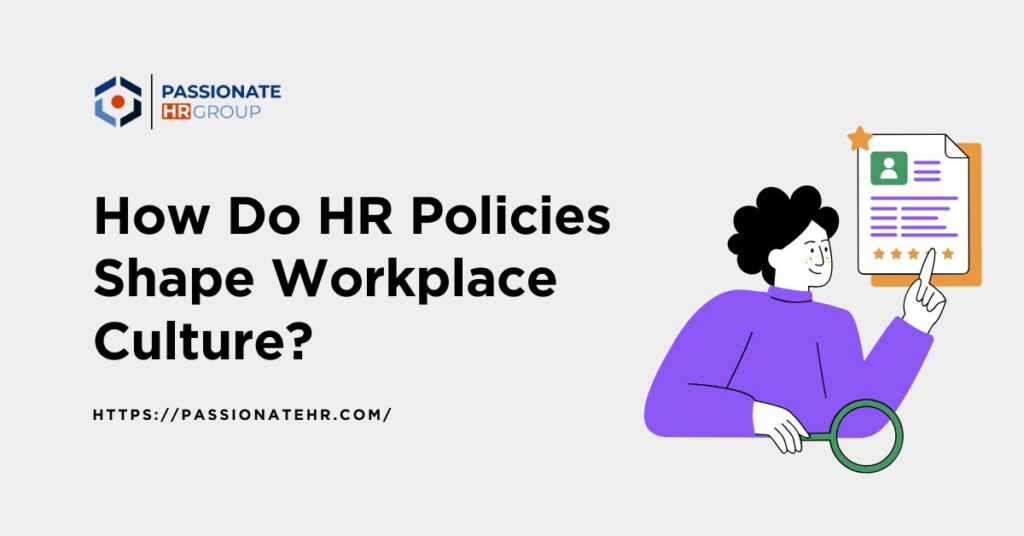A company, whether large or small, needs clear rules to guide its people. These rules, often formalized as HR policies, form the backbone of how the workplace operates.
Without them, confusion, inconsistency, and even unfair treatment can arise.Take something as simple as vacation or sick leave.
If employees aren’t sure about the rules, frustration may build, leading to misunderstandings and drop in productivity.
Well-designed HR policies remove uncertainty by setting clear expectations, ensuring fairness, and creating a sense of security for both employers and employees.
In this article, we’ll explore what a standard HR policy should include, why each element matters, and how thoughtful policies help businesses build trust, transparency, and consistency across the workplace.
Why HR Policies Matter
Clear policies help create a positive workplace culture. They make it easier for employees to understand what’s expected of them while also outlining what they can expect from the company.
A strong policy reduces misunderstandings and makes it easier to handle disputes. Effective HR Policies also ensure that the company stays in line with labor laws.
Instead of leaving things to chance, everyone can refer to the same set of written rules. This avoids favoritism, sets equal standards, and supports a professional environment.
Key Elements of a Standard HR Policy
1. Introduction and Purpose
Every policy should start with a simple introduction. This section explains why the policy exists and how it supports the company’s values. It does not need to be lengthy and make it clear that rules apply to everyone.
For example, a policy might begin by saying: “This handbook outlines the company’s standards to maintain fairness, respect, and accountability across the workplace.”
2. Code of Conduct
The code of conduct sets the standard for how employees should act in the workplace. It often includes expectations around professional behavior with co-workers, managers, and customers to make sure interactions remain respectful and positive.
It also covers the proper use of company property, such as computers, phones, and vehicles, so that resources are used responsibly and for work-related purposes.
In addition, this section may outline rules about dress code, punctuality, and attendance to maintain consistency and professionalism across the organization.
By laying out these expectations in advance, companies reduce the chances of misunderstandings and promote a respectful, well-organized environment where everyone knows acceptable behavior.
3. Equal Opportunity and Anti-Discrimination
A standard policy must include a strong statement about equal opportunity. This section shows the company’s commitment to treating all employees fairly, regardless of race, gender, religion, disability, and background.
It should also include a clear stance against harassment and bullying. Employees need to know that complaints will be taken seriously and handled fairly.
4. Employment Practices
This section of an HR policy explains the main stages of employment, such as hiring, probation, promotions, transfers, and termination.
By laying out these steps, employees know what to expect at different points in their career.
For example, understanding how performance reviews connect to promotions helps employees stay motivated and build trust with the company.
5. Compensation and Benefits
Money affairs are often the top concern for employees, so the HR policy should clearly explain pay schedules, overtime rules, bonus structures, and benefits such as health insurance and retirement plans.
When these details are transparent, employees feel valued, and it prevents confusion or resentment about compensation.
6. Leave Policies
Every workplace needs clear rules about time off, so leave policies usually explain paid vacation days, sick leave, maternity or paternity leave, and public holidays.
When employees know how much leave they are entitled to and how to request it, it makes the planning easier for both them and the employer.
7. Workplace Safety and Health
A safe environment is a legal and moral responsibility of every company. HR policies should explain how safety rules are followed and what employees should do in case of mishappenings.
For example, employees should know where first aid kits are located and whom to contact in emergencies.
8. Attendance and Punctuality
Regular attendance is the key to keep business operations on track, so the policy must outline expected work hours, break times, rules for late arrivals or early departures, and the process for reporting absences.
Having consistent attendance rules helps managers to treat everyone fairly and keep teams balanced.
9. Use of Technology and Internet
With most work relying on digital tools, an HR policy should include clear rules on technology use.
This section often explains the proper use of company email, acceptable internet browsing practices, and restrictions on sharing confidential information.
By setting these guidelines, the company protects both itself and its employees from data breach or security risks.
10. Confidentiality and Data Protection
Companies often handle sensitive information, such as employee records or customer details. HR policies should stress on the importance of confidentiality.
Employees need to know how to handle private information and what consequences may follow if they break these rules.
11. Performance Management
Performance reviews is an important way to track employee growth and set goals. An HR policy should explain how often reviews take place, what criteria is used, and how feedback will be shared.
When this process is clear, employees understand what is expected of them and how their progress will be measured.
12. Disciplinary Procedures
Even in the best workplaces, issues can arise, so a standard HR policy should explain how discipline will be handled.
This usually covers steps such as verbal and written warnings, suspension procedures, and the grounds for termination.
Having clear rules in place protects both the employee and the company by keeping the process fair and consistent.
13. Grievance Redressal
Employees need a safe and reliable way to voice complaints without fear of retaliation. A grievance policy explains how to file concerns, whom to contact, and how the matter will be reviewed and resolved.
When this system is fair and transparent, it builds trust, encourages open communication, and helps preventing conflicts from growing into larger workplace problems.
14. Training and Development
Employees value companies that invest in their growth, so an HR policy should include details about available training programs, opportunities for skill development, and support for professional education.
By encouraging growth in these ways, companies keep employees motivated, engaged, and loyal.
15. Exit Policies
Every employee eventually leaves a company, whether through resignation, retirement, or termination, so exit policies are an important part of HR guidelines.
This section should explain notice periods, final settlements, exit interviews, and the return of company property.
By outlining these steps clearly, the company avoids confusion and ensures a professional, respectful closing to the employment relationship.
Making HR Policies Work in Daily Life
Having policies on paper isn’t enough. They should be easy to access, simple to read, and explained during employee orientation. Managers should also remind staff about key rules during team meetings or training.
For example, if a company updates its leave policy, sending an email is good, but discussing it in a staff meeting makes sure everyone understands.
This is also where companies like Passionate HR Group play a role by guiding organizations to develop policies that are clear, fair, and aligned with legal requirements.
Common Mistakes to Avoid in HR Policies
While building policies, some mistakes can reduce their impact. Common issues include using complicated language that employees may not understand, missing important topics such as grievance handling, or creating rules that are either too strict or too vague.
The best Human Resource policies strike a balance between structure and flexibility, offering clear guidance while still allowing room for reasonable human judgment.
Updating Policies Over Time
When change, and policies need to change too. For example, remote work rules became more important after the COVID-19 pandemic. Companies should review their policies regularly to keep them relevant.
By checking policies once a year, businesses can update them to match new labor laws, workplace practices, or employee needs.
Conclusion
A standard HR policy is more than just a document,it is the backbone of workplace fairness, safety, and growth.
By covering areas like conduct, pay, benefits, leave, safety, and grievance handling, companies create clarity for employees and protect themselves from disputes.
These policies make it easier for people to work together with respect and accountability.
When businesses take time to create thoughtful policies and review them regularly, they build stronger, more motivated teams.
That’s why organizations that focus on people, such as Passionate HR Group, continue to highlight the importance of setting clear rules that support both employees and employers.






